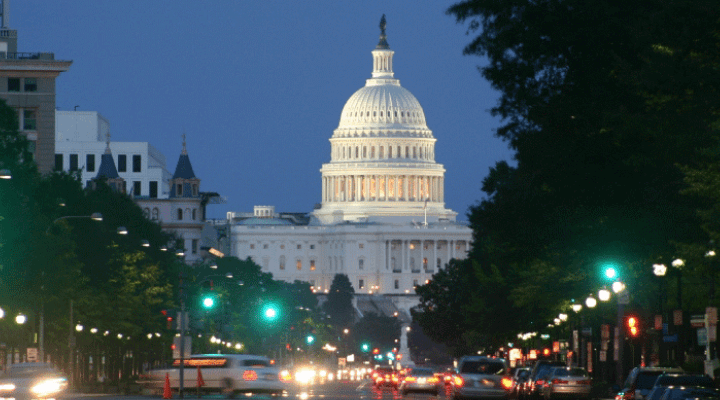If you work for the federal government you’re probably used to planning around the fiscal year (as a Pentagon employee, I always knew the supply shelf would be stocked and the new office chairs would come rolling in around September – whether we needed them or not – use it or lose it!)
But there is a new calendar milestone that is increasingly prevalent in meetings with government agencies and defense contractors – pre-and-post government shutdown. There is a legitimate question as to whether or not the government will remain funded. And if congress can’t come to a compromise on budget legislation, there is a real possibility the next government shutdown will occur October 1, when the new fiscal year rolls in.
In a government shutdown, essential services and mandatory functions still take place. Missions operating with appropriated funds continue their work (and that includes security clearance background investigations). But important government missions that don’t have a budget or funds appropriated cease.
How Many Times Has the Government Shutdown?
Since 1976, there have been 20 ‘funding gaps’ or times when funds have gone unappropriated for at least a day. There have been only four true shutdowns. In 1995/1996 the Bill Clinton White House and Republican controlled congress sparred over spending levels, resulting in two shutdowns spanning 26 days. The last shutdown, beginning in December of 2018, was the longest in history and lasted 35 days.
Is a Government Shutdown Inevitable?
The short answer: no. The government should not need to shut down in order for the White House and members of congress to reach a compromise on policy issues. Government shutdowns are a symptom of the poor system of governance that has plagued government agencies and contractors alike over the past decade – the Continuing Resolution (CR).
When congress is unable to pass their full appropriation bills, they typically enact a CR, rather than the Hail Mary of a government shutdown. A CR “continues” funding from previously appropriated budgets. A CR should similarly be a last call result, but instead they’ve become business as usual. The last time a budget has been passed on time without a CR was FY 1997.
When the government becomes used to kicking the can or simply doing line-item increases on budget numbers, it decreases the likelihood that congress and the White House will do what they’re supposed to do – negotiate a compromise budget with winners and losers – the kind of budget where no one is completely happy, but Uncle Sam’s trains still get to leave the station.
How can I prepare for the next government shutdown?
If you work in government, it seems cheeky to joke about whether or not you’ll be at work when October 1 or December 1, or whenever the latest CR expires and the next government shutdown begins. But you should be dead serious about preparing for the fiscal and policy uncertainty. The Office of Management and Budget maintains a government shutdown contingency list – basically a guidebook for agency procedures during a government shutdown. If you’re a contractor, check with your company and see if they have a policy for what happens if a shutdown occurs. In every government shutdown in history, including the most recent, congress has passed legislation to ensure government employees are still paid. Contractors have not always been afforded the same provision.
So, mark your calendar. It’s not inevitable that a government shutdown will occur again. But, if you work for the government, it’s always best to think like a Boy Scout and be prepared.


